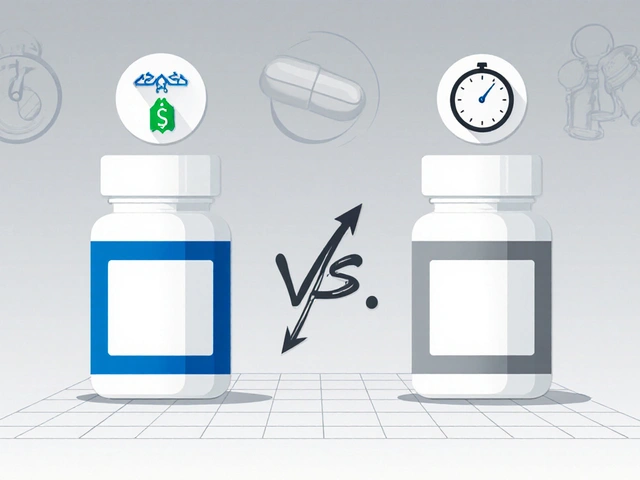Mood Stabilizer: What They Are, How They Work, and What You Need to Know
When someone talks about a mood stabilizer, a type of medication used to even out extreme highs and lows in mood, especially in bipolar disorder. Also known as psychotropic agents for emotional regulation, these drugs don’t just calm you down or lift your spirits—they help prevent the wild swings that make daily life unpredictable. Unlike antidepressants that target low mood alone, mood stabilizers work on the whole emotional spectrum. They’re not for occasional sadness or stress. They’re for when your mood shifts from feeling unstoppable to completely stuck—sometimes in a matter of days, sometimes hours.
Common types include lithium, one of the oldest and most studied mood stabilizers, used for decades to prevent manic episodes in bipolar disorder, and anticonvulsants, drugs originally developed for seizures but found to also regulate brain activity linked to mood. Medications like valproate, lamotrigine, and carbamazepine fall here. Some people also get prescribed atypical antipsychotics like quetiapine or aripiprazole—though those are often grouped separately. What they all share is a goal: to reduce the frequency and severity of mania and depression without making you feel numb.
These drugs aren’t magic. They take weeks to kick in. Side effects can be real—tremors, weight gain, thyroid issues, or kidney stress, especially with lithium. That’s why regular blood tests aren’t optional; they’re life-saving. And while they’re often used alone, many people take them with antidepressants, but that’s tricky. Antidepressants alone can sometimes trigger mania in people with bipolar disorder. That’s why pairing them with a mood stabilizer isn’t just common—it’s often necessary.
People often ask, "Can I stop taking this if I feel fine?" The answer is almost always no. Stopping suddenly can cause rebound mania or depression, sometimes worse than before. It’s not about feeling good today—it’s about staying steady tomorrow. That’s why sticking with the plan, even when you feel okay, is one of the hardest but most important things you can do.
You’ll find posts here that dig into how these drugs interact with other medications—like why mixing a mood stabilizer with certain antibiotics or diuretics can be risky. Others explain how to tell if what you’re feeling is a side effect or a sign your treatment needs adjusting. There are guides on comparing alternatives, spotting warning signs, and what to do when a medication recall hits. Some even cover how mood stabilizers affect breastfeeding or interact with chronic conditions like kidney disease or diabetes. This isn’t just theory. These are real concerns real people face every day.

Lamotrigine and Thyroid Function: What You Need to Know
Lamotrigine can lower thyroid hormone levels even when TSH looks normal. Learn the symptoms to watch for, which tests to ask for, and how to fix it without stopping your medication.
View More



